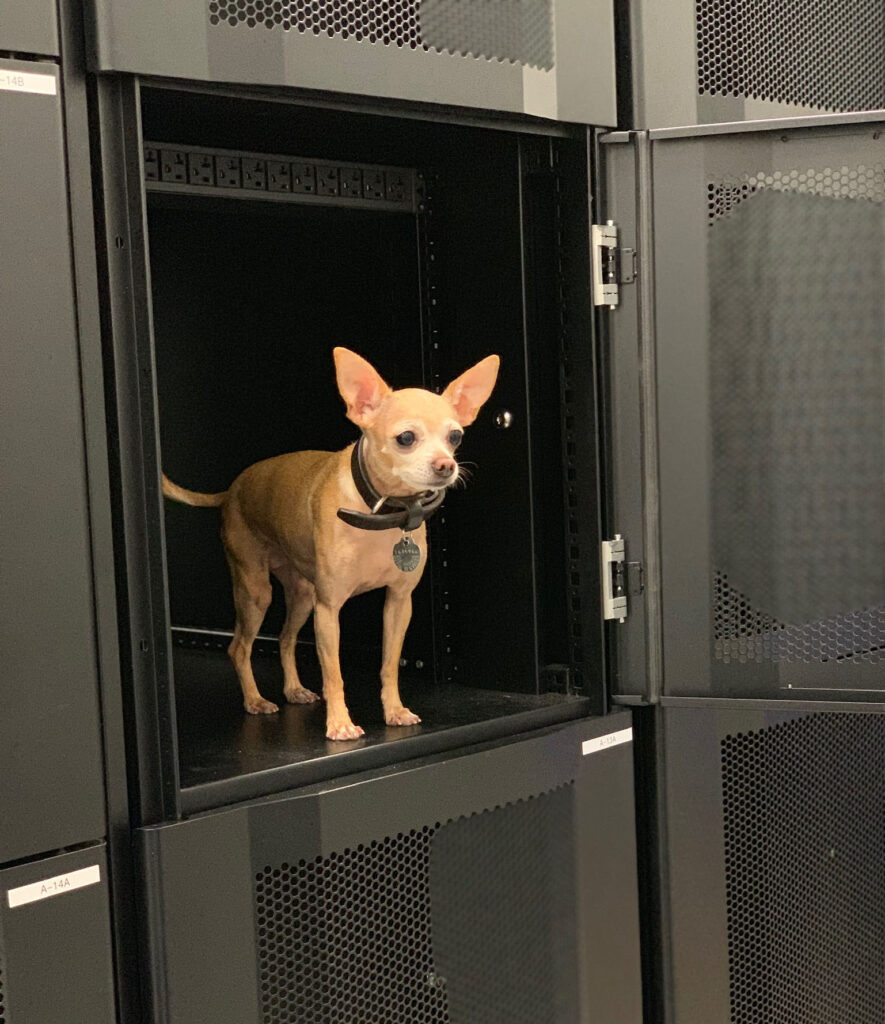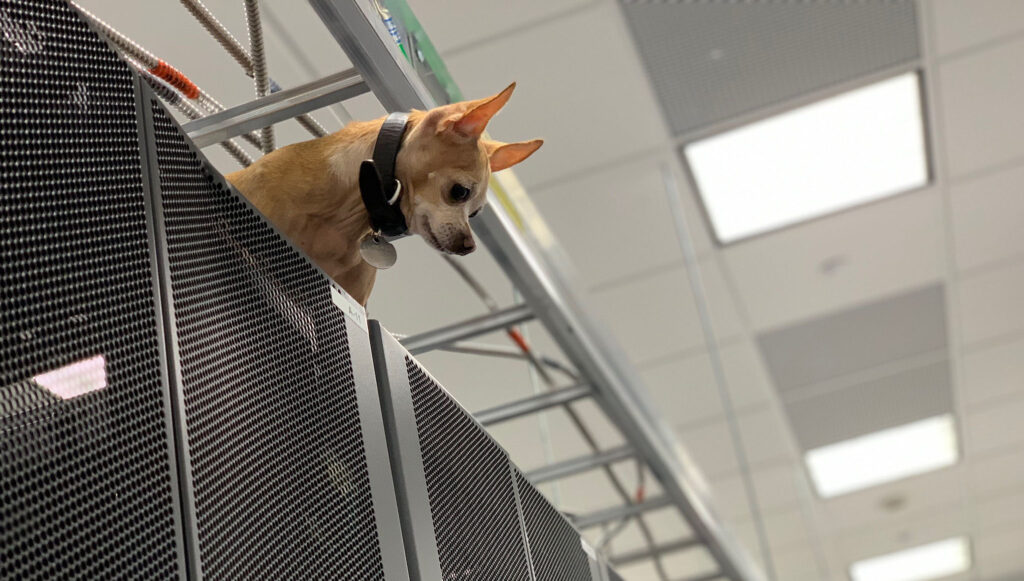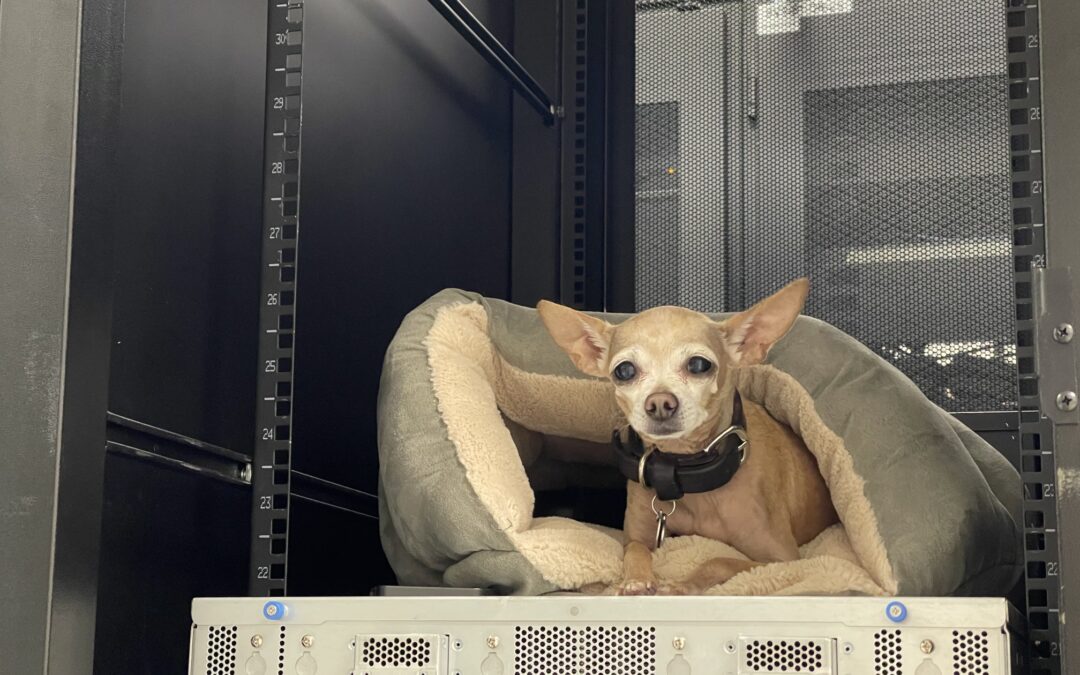The world of modern infrastructure is more hybrid than ever. The results of our ITDM Global Network and Infrastructure survey found that close to 60% of IT leaders still had on-premises equipment as part of their footprint. Roughly 60% were also deployed into one or more public cloud providers. Of those same respondents, 48% reported using colocation services from a data center provider.
It’s no surprise that many organizations’ servers and infrastructure end up in multiple locations over time. Keeping equipment on-premises in a closet or back room has long been the least expensive way to get a service or application up and running. Cloud services providers like AWS, Google, and Azure, have also made it faster than ever to get up and running, but their costs add up rapidly as application traffic increases and footprints grow. Just by moving their email servers away from AWS and into a data center, the company HEY is saving over $1.5 million per year.
While colocation services have been offered for a long time, they still offer an affordable alternative for certain types of workloads, especially those that get a lot of traffic or need to serve a large user base. In this blog, we’ll take a look at what colocation is, and help define some of the terminology used (with the help of Data Center Dog). We will also briefly discuss the benefits of colocation, and when the data center might be the right place for your workloads. (A workload refers to anything you run on a server, such as an online application, product, or service.)
What is colocation?
In the simplest terms, colocation is essentially renting space in a data center for servers, storage, networking equipment, or other IT infrastructure. Colocation offers organizations a more affordable alternative to having to build and operate their own data centers. Additionally, for certain quantities, locations, and types of workloads, colocation for your own servers can be more affordable than the public cloud.
Within each data center are structures called racks or cabinets that are designed to house IT equipment. Depending on the provider, you can rent everything from “rack space” (shared space inside a rack) to the entire rack. Rack space is also known as shared rack colocation, because your equipment will share a rack with others.
Here are some quantities of colocation a provider might offer for different monthly fees.
- Shared colocation: Usually offered by the “U” or unit of rack space. A single U is 1.75 inches or 44.45 mm tall.
- Quarter cabinet: One quarter of a rack, usually 11 units.
- Half cabinet: One half of a rack, usually 18-22 units.
- Cabinet: An entire locked rack that only you access, usually 42 units.
- Multiple cabinets: A series of racks that only you have access to.

Some large providers, like Digital Realty or Equinix, might only offer a rack or more of data center space to single customers depending on the location. However, some businesses that are already renting a rack inside of a facility might sublet their space to other organizations for smaller colocation needs.
When you get to the point of needing multiple racks, some large providers offer the ability to rent your own cage or private suite. A cage is simply that: a secure cage around multiple racks that no one but you or others authorized by your organization can enter.

A private suite is even larger and more secure. Usually there is additional keycard entry to an entire room that you can fill with racks and anything else you need. Generally, only the largest organizations need private suites.
What are the key features of a colocation facility or data center?
Colocation facilities such as data centers have many special features built into them. Providing a physical location to house that much IT equipment requires a great deal of power and cooling capacity. Many data centers also work to comply with security standards such as PCI DSS, FISMA, and HIPAA, so that financial institutions, governments, healthcare providers, and other companies with sensitive data can securely store their data and equipment there. Below are some of the key features modern data center operators offer their colocation customers.
Multiple Layers of Physical Security
To protect equipment from physical threats and malicious actors, colocation data centers often have robust security measures. These can include biometric access controls like retinal scanners, man traps, key card entry, surveillance cameras, and on-site security guards.
Large Sources of Redundant Power
To make sure servers stay up and running, many data centers have redundant power sources, large banks of uninterruptible power supplies (UPS), diesel or fuel stores, or even onsite substations.
Often, this redundancy comes in the form of extra power supplies, and you’ll see terms like “N+1.” In this, N equals the amount of power capacity required to run the data center. N+1 means that onsite, there is an additional component that could be used to seamlessly support one component failure or required maintenance. Normally, this is one extra unit for every four components.
You may also see “2N” redundancy as well. This means that the data center has onsite two complete, mirrored systems that have two independent distribution systems. This means if one system is offline, the other comes online seamlessly, and is powered or supplied by a completely different source.
Advanced, Redundant Cooling Systems
Servers and other IT equipment are well-known for giving off lots of heat. An overheated server can easily be permanently damaged or even start a fire. This is why many data centers have advanced cooling systems, hot and cold aisle containment, and redundant chilling equipment.

High-Speed Network Connectivity
Data centers usually offer high speed and high bandwidth internet connections from multiple backbone carriers. Most data centers are carrier neutral, which means if you are a colocation customer, you can interconnect with whichever provider you choose, or even multiple providers for redundancy.

When is Colocation a Good Choice for an Infrastructure Strategy?
When determining the best environment for your workload, there are many options to consider. These are just a few of the characteristics of workloads that are often well-suited for colocation.
Compute-Intensive Applications
Certain types of workloads can be very resource-intensive, such as AI, SaaS, streaming services, or online gaming. When an application or service requires a lot of compute power, they are the most likely to be less expensive to run on servers you own in a data center, compared to running these workloads in the public cloud.
Full Control Over the Environment
Some workloads need very specific environments to run in. This is often true of legacy systems that are expensive and difficult to upgrade. Or, perhaps there is a specialized app that was developed in-house that has specific requirements to run properly. When you own your own server and host it in a data center, you get full control over everything – the hardware, operating systems, and more.
High Traffic Platforms and Services
If you have a high traffic application, you can use a data center’s more affordable high bandwidth connectivity options to keep connectivity under control. The ability to access multiple carriers can also improve your overall performance, and add a layer of redundancy to ensure your services don’t get overloaded and go offline.
Meeting Compliance Requirements
If your organization needs to meet specific regulatory requirements, such as HIPAA or GDPR, putting these workloads in a data center in a facility that is already compliant can help reduce cost and make compliance easier. Many data center providers have the necessary security and audit controls in place, so you don’t have to worry about meeting them yourself.
Global Expansion
Public cloud providers may not have a point of presence in every location your organization might need to reach. But there are data centers in every global market, and more are being built every day.
That being said, global colocation can also present more challenges the more markets you need to reach. These can include getting equipment imported, dealing in multiple currencies, and finding a trusted data center operator in every market. However, you can streamline many of these challenges while also saving on cost with a specialized, end-to-end global colocation provider like NetActuate.
Conclusion
In today’s hybrid world, it’s helpful for IT leaders to understand all their options for infrastructure, which can include on premises equipment, dedicated servers, colocation, and cloud. A 2021 study by Andreessen Horowitz found that nearly $4 billion in revenue could be gained by the top 50 companies simply by optimizing their infrastructure and moving away from the public cloud.
For organizations with growing footprints, high-demand applications, or complex security requirements, colocation can be a simpler, more cost-effective solution. IT leaders can benefit from the reliability, security, and scalability offered by colocation facilities and move to pricing models that include more flat monthly fees and less usage-based pricing.
If you’d like to speak to a colocation expert to find out if it makes sense for your infrastructure strategy, schedule a call with a NetActuate engineer (or Abby) today.

